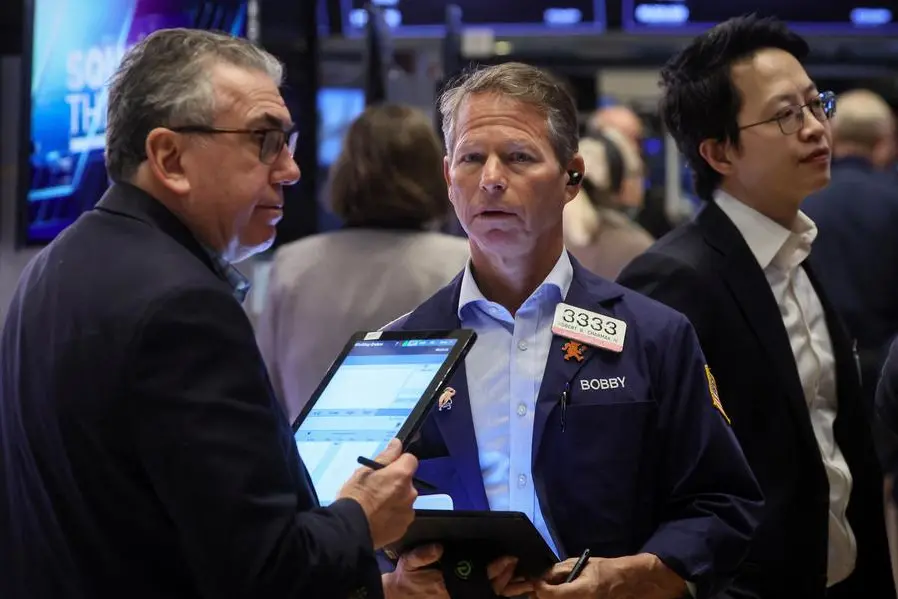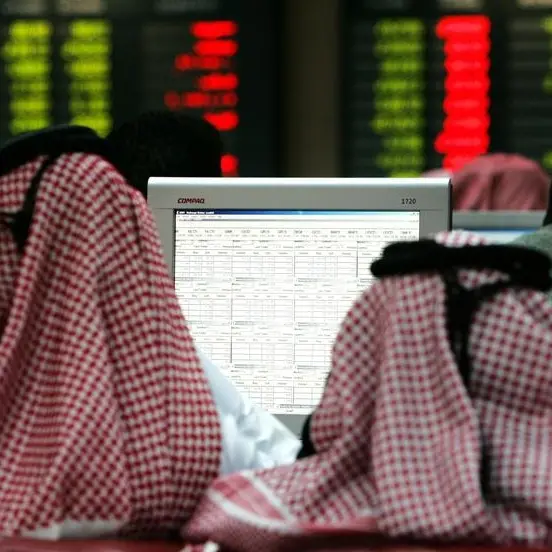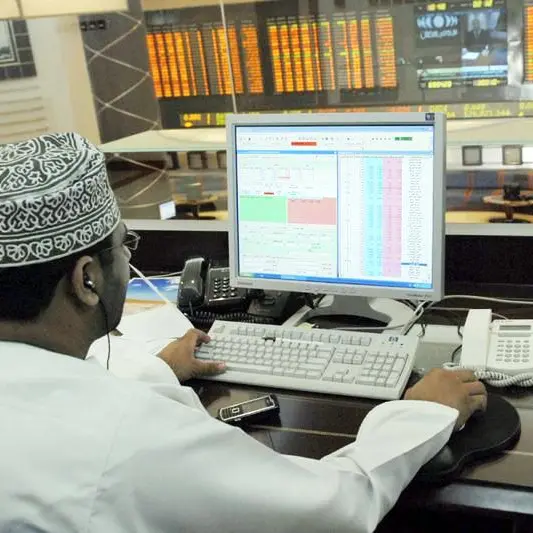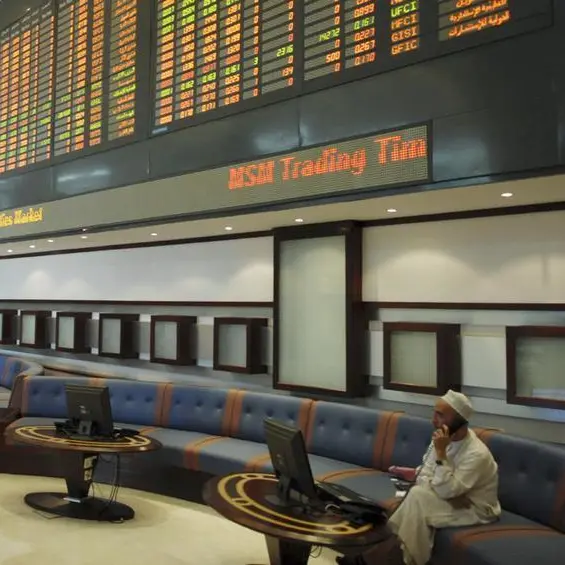PHOTO
LONDON - Global stocks rose in cautious trade on Tuesday as investors grappled with the possibility of a flare-up in inflation due to the OPEC+ group's surprise output target cut, while the dollar dipped after weak U.S. manufacturing data the previous day.
An announcement on Sunday of an output target cut by the Organization of the Petroleum Exporting Countries (OPEC) and its partners, known as OPEC+, boosted oil prices and complicated the inflation outlook. Brent crude was last up 0.95% at $85.72 a barrel, set for its biggest two-day rally since last April, with a gain of 7.5% over Monday and Tuesday.
Investors were also assessing Monday's survey of U.S. manufacturing activity from the Institute for Supply Management, which in March slumped to a near three-year low as new orders plunged, and analysts said tighter credit conditions could choke off more activity.
In Europe, the STOXX 600 rose 0.6%, led by gains Glencore, whose bid for Teck Resources was rebuffed by the Canadian copper miner the day before, while financial shares rallied, led by Investec, which sold its UK wealth management unit to Rathbones.
Meanwhile, U.S. stock futures pointed to a strong start on Wall Street later, rising 0.4-0.6%, while the MSCI All-World index rose 0.1%.
"The decision by OPEC+ to catch the markets wrong-footed by announcing unexpected production cuts of 1.1m barrels a day from next month, sent oil and gas prices surging yesterday, boosting the energy sector and not much else," CMC Markets chief market strategist Michael Hewson said.
"The move by OPEC+ is particularly unhelpful for central banks who, while being worried about sticky inflation, are becoming increasingly concerned about pushing rates up from their current levels," he said.
A market-based gauge of medium-term U.S. inflation expectations blipped up to its highest in a month on Monday.
The so-called five-year breakeven inflation rate - derived from subtracting the five-year inflation-linked Treasury yield from its nominal counterpart - rose to as much as 2.49%, before subsiding to around 2.39% on Tuesday in European trading.
Investors believe the U.S. Federal Reserve and other central banks may be almost done raising interest rates, especially in light of the turmoil across the banking sector in March, and as inflation has gradually cooled off in recent months.
RECESSION OR NO RECESSION?
The other concern is whether or not higher rates and slower growth will eventually tilt the U.S. economy into recession.
"There are only four instances where the ISM manufacturing reading was this low without a recession in the following 12-18 months – the early 1950s, 1967, the mid 1990s and right after the 2000s recession," Deutsche Bank strategists said in a note.
Treasury yields retreated after the U.S. manufacturing data, which increased expectations for some investors the Fed will cut rates later this year as the economy slows. Separate data also showed U.S. construction spending weakened in February.
The yield on benchmark 10-year Treasury notes was last up 2 basis points at 3.455%, while two-year yields, which are more sensitive to shifts in rate expectations , rose 2 bps to 4.00%.
In the currency market, the dollar remained on the defensive after losing ground on Monday.
The dollar index, which tracks the performance of the U.S. currency against six others, was last down 0.13%.
The euro was up 0.2% on the day to $1.0919, but was still showing a 0.5% gain over the last month, while the Japanese yen fell 0.4% against the dollar to 132.98.
The Australian dollar came under pressure after the Reserve Bank of Australia left interest rates unchanged after 10 straight increases. It was last down 0.5% against the U.S. dollar at $0.6754.
(Editing by Raissa Kasolowsky and Jason Neely)






















